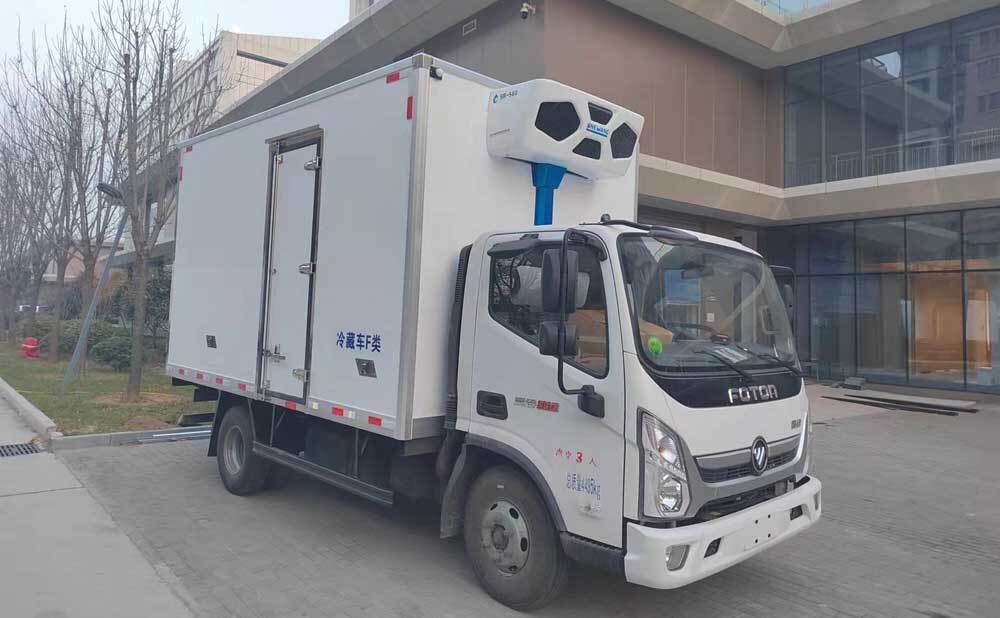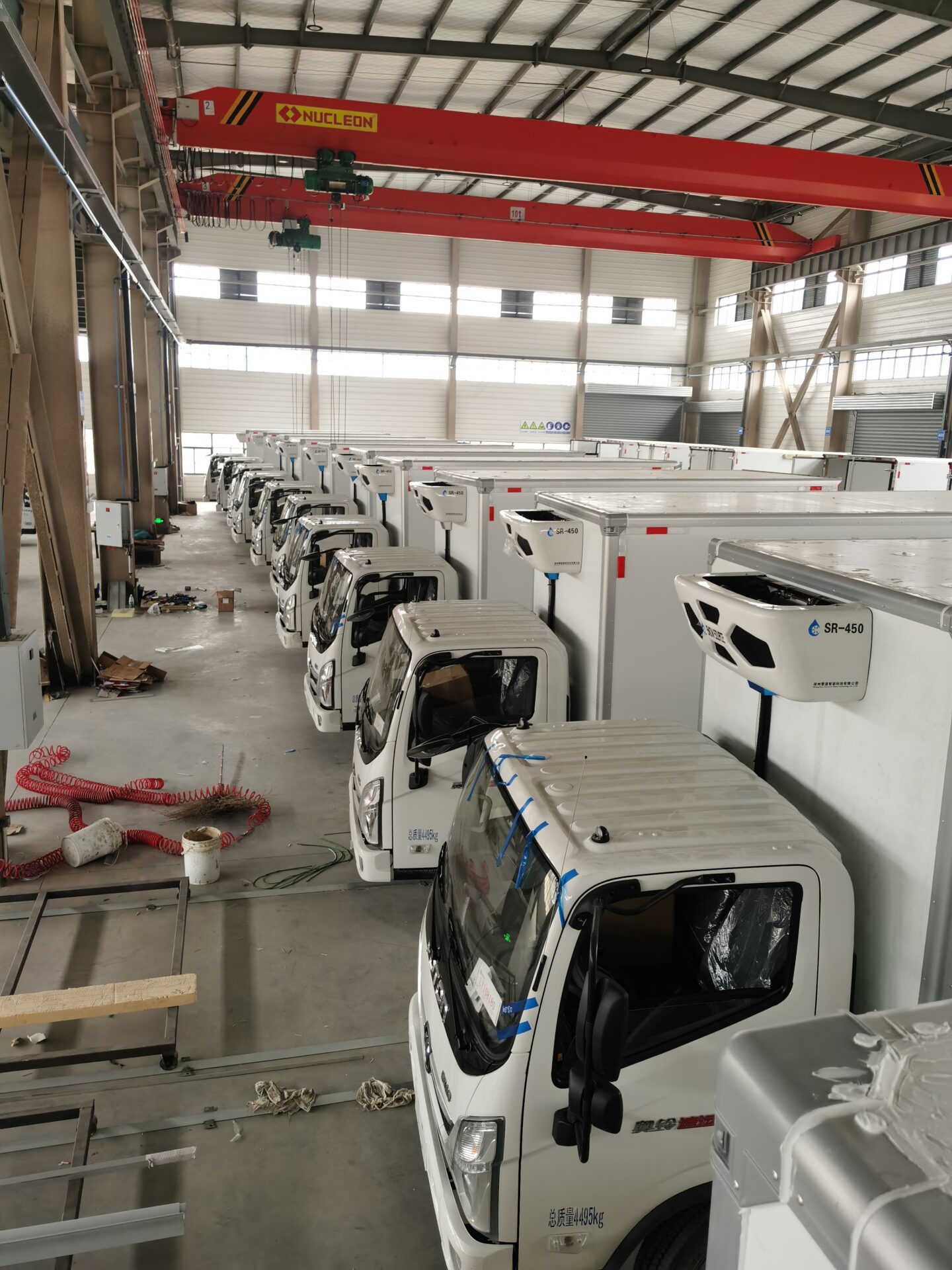School buses are a crucial component of the educational infrastructure, transporting students safely to and from school every day. As the summer heat rolls in, ensuring a comfortable ride for students and drivers alike becomes paramount. This brings us to the topic of school bus air conditioners and their associated costs.
First and foremost, it’s important to understand that the cost of a school bus air conditioner varies significantly depending on several factors. These include the size of the bus, the type of air conditioning system chosen, and the specific features and brand of the unit. Therefore, it’s crucial for school districts to carefully consider their needs and budget before making a purchase.
Let’s delve into the cost breakdown. The initial investment in a school bus air conditioner typically includes the purchase price of the unit itself, as well as installation costs. The purchase price can range from several hundred to several thousand dollars, depending on the aforementioned factors. Installation costs can also vary, depending on the complexity of the installation process and the local labor rates.
In addition to the initial investment, there are also ongoing maintenance and repair costs to consider. Air conditioning systems require regular maintenance to ensure optimal performance and prevent breakdowns. This may include cleaning filters, checking refrigerant levels, and inspecting the system for any potential issues. While some of these maintenance tasks can be performed by school district staff, others may require the services of a professional technician.
Moreover, if the air conditioning system malfunctions or requires replacement parts, there will be additional repair costs. It’s important to factor in these potential expenses when budgeting for a school bus air conditioner.
When considering the cost of a school bus air conditioner, it’s also worth noting that there may be energy efficiency benefits that offset some of the initial and ongoing costs. Modern air conditioning systems are designed to be more energy-efficient, meaning they consume less fuel and reduce operating costs in the long run.
In conclusion, the cost of a school bus air conditioner is a multi-faceted consideration that requires careful planning and budgeting. School districts should weigh the initial investment, ongoing maintenance and repair costs, as well as potential energy efficiency benefits, to make an informed decision that meets their specific needs and budget constraints. By investing in a reliable and efficient air conditioning system, school districts can ensure a comfortable and safe ride for their students and drivers during the hot summer months.




